Jack In The Box Goes Big On Custom Data With A Side Of Loyalty
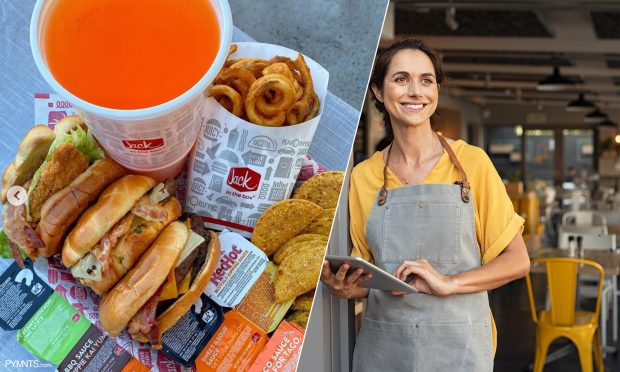
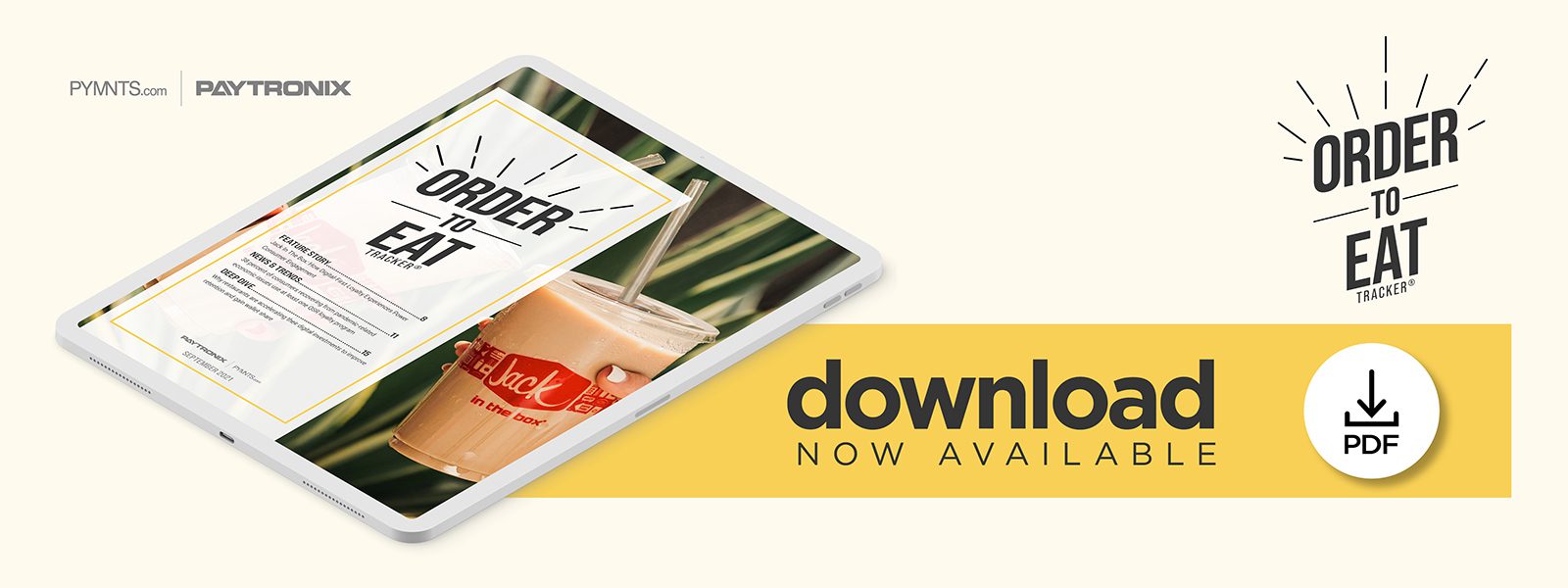 Consumers’ dining habits are evolving as a growing share gain access to vaccinations, which is prompting many to reenter brick-and-mortar stores and restaurants after months-long hiatuses.
Consumers’ dining habits are evolving as a growing share gain access to vaccinations, which is prompting many to reenter brick-and-mortar stores and restaurants after months-long hiatuses.
Research shows that dine-in service in the United States, for example, has experienced a modest comeback within the last six months. Consumers of all stripes, it seems, are hungry for in-person interaction and are once again meeting their friends and family members at their favorite eateries.
The in-person dining resurgence is welcome news to many quick-service restaur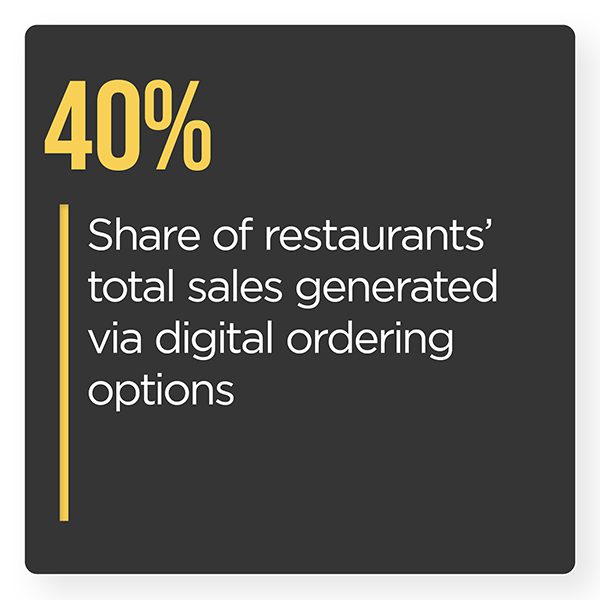 ants (QSRs) that have seen their revenues decline since the pandemic began, but it does not diminish digital innovations’ continued role in reshaping the restaurant space. Many QSRs are now wondering which of the digital-first features in which they have invested will stick around in the long term. Delivery options, touchless payments and curbside pickup services are still seeing heavy use.
ants (QSRs) that have seen their revenues decline since the pandemic began, but it does not diminish digital innovations’ continued role in reshaping the restaurant space. Many QSRs are now wondering which of the digital-first features in which they have invested will stick around in the long term. Delivery options, touchless payments and curbside pickup services are still seeing heavy use.
No matter consumers’ dining preferences, restaurants have made one thing clear: They will continue to invest in loyalty and rewards programs to boost sales and drive spend. The September Order To Eat Tracker® examines how restaurants are plotting their digital investments as consumers return to in-person dining and how making loyalty and rewards programs a part of their success strategies can help them preserve wallet share.
Around the Order to Eat Space
The pandemic may be having less of an effect on many restaurants’ dine-in operations, but recent findings reveal that they are still contending with staffing challenges and stretched supply chains. Both of these issues resulted in a 0.8% rise in the cost of dining out in July, the greatest monthly increase in 40 years. Customers appear undaunted by this increase, however, with restaurant spending rising 32% year over year in the first quarter of 2021. This shows that consumers are eager to spend more and return to in-person dining, even if they will face increased costs when doing so.
Delivery is still a key factor in some restaurants’ success strategies, even as dining in becomes more popular. Pizza giant Domino’s noted that its 2020 revenues topped $4.1 billion, largely due to its heavy investment in car-side delivery and its Piece of the Pie rewards program. Its digital-first strategies, paired with its enduring focus on loyalty, have helped it become the seventh-largest restaurant chain in America.
Other QSRs are also keeping loyalty pr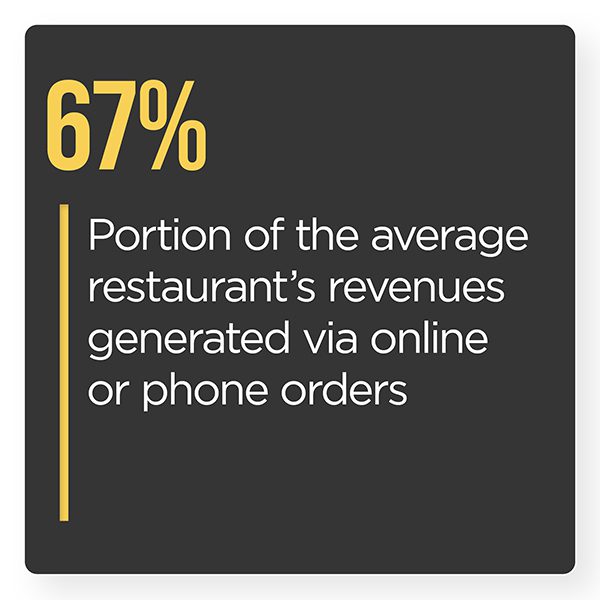 ograms in mind as they craft cross-channel sales strategies. Restaurant Brands International (RBI) — the parent company of restaurant chains that include Burger King, Tim Hortons and others — announced that it would offer a loyalty program for Popeyes chicken after seeing success with such offerings for its other brands. The move comes as RBI credited loyalty offerings for driving 60% of its year-over-year digital sales growth in Q2 2021.
ograms in mind as they craft cross-channel sales strategies. Restaurant Brands International (RBI) — the parent company of restaurant chains that include Burger King, Tim Hortons and others — announced that it would offer a loyalty program for Popeyes chicken after seeing success with such offerings for its other brands. The move comes as RBI credited loyalty offerings for driving 60% of its year-over-year digital sales growth in Q2 2021.
Read more about these stories and other order to eat headlines in the Tracker.
Jack in the Box on Bringing Personalization to Omnichannel Loyalty Programs
Today’s customers need only unlock their phones to access a host of restaurant options, making it harder than ever for restaurants to get their attention. QSRs that are key to appeal to customers online can go a cut above the competition with loyalty points and other rewards, however, especially if they can be tailored to customers’ individual tastes.
In this month’s Feature Story, Ryan Ostrom, chief marketing officer at fast food chain Jack in the Box, explains how personalizing the rewards experience and meeting customers on their preferred channels can help QSRs strengthen their brands.
Deep Dive: How Focusing on Digital Loyalty Offerings Can Help QSRs Strategize for Success
In-person dining is gaining ground, but digital ordering still res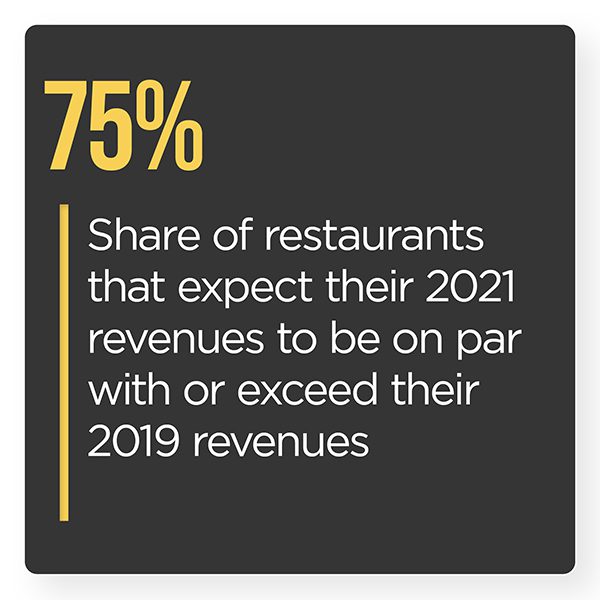 onates with consumers, leading many restaurants to craft digital strategies. Many QSRs are integrating their loyalty programs into their mobile apps to boost engagement, which can help them both acquire and retain customers who are eager to use rewards and other perks to stretch their funds.
onates with consumers, leading many restaurants to craft digital strategies. Many QSRs are integrating their loyalty programs into their mobile apps to boost engagement, which can help them both acquire and retain customers who are eager to use rewards and other perks to stretch their funds.
This month’s Deep Dive examines the loyalty program landscape and why digital development is necessary to help restaurants see success with their offerings.
About the Tracker
The monthly Order To Eat Tracker®, a PYMNTS and Paytronix collaboration, offers coverage of the most recent news and trends in the restaurant ordering ecosystem.
